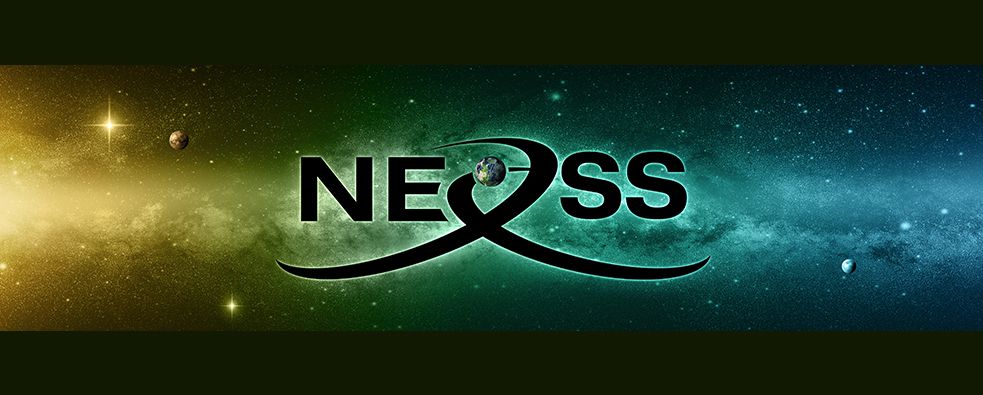NASA Leads New Search for Alien Life With Scientists Developing Guidebook for Finding Biosignatures
by Athena Yenko June 27, 2018 (techtimes.com)
• A NASA project called Nexus for Exoplanet Systems Science or NExSS was formed three years ago and comprised of an international team of scientists, astrobiologists, planetary scientists, Earth scientists, heliophysicists, astrophysicists, chemists, and biologists, are searching the 3,700 exoplanets discovered in the past 30 years for signs of extraterrestrial life known as biosignatures. The initial results of the team’s work are detailed in five separate papers published in June in the journal Astrobiology.
• Biosignatures are any element, particles, molecules, or phenomenon that may have been created by alien life forms at present or left behind by the extraterrestrials in the past and serves as proof of other beings hiding or still living in one of these exoplanets.
• The scientists aim to identify as many biosignatures as they can, especially those that are not found on Earth. This way, the scientists hoped to avoid being tricked into thinking that a planet is uninhabitable just because it does not have similar biosignatures with what is found on Earth.
• “We have to be open to the possibility that life may arise in many contexts in a galaxy with so many diverse worlds — perhaps with purple-colored life instead of the familiar green-dominated life forms on Earth, for example,” explained Mary Parenteau, a coauthor of one of the papers and an astrobiologist at NASA’s Ames Research Center in Silicon Valley. Edward Schwieterman, the lead author of one of the papers, said for example, the absence of oxygen in one planet is not enough basis to classify that planet as uninhabitable. Instead of focusing on whether a planet is habitable or not,experts should focus on the detectability of life on the planet.
• Another paper evaluated atmospheric conditions, the presence of oceans and continents, and its overall climate. Two other papers discussed future scientific technologies that can be used to accurately detect biosignatures even from the most distant exoplanets.
NASA is at the helm of a new project searching for signs of extraterrestrial life among the 3,700 exoplanets discovered in the past 30 years.
The project specifically aims to identify biosignatures that may have been created by alien life forms at present or left behind by the extraterrestrials in the past. Biosignatures are any element, particles, molecules, or phenomenon that serves as proof of other beings hiding or still living in one of these exoplanets.
The project, called Nexus for Exoplanet Systems Science or NExSS, was formed three years ago with the ultimate goal of finding answers to question whether humans are alone in the universe. NASA builds an international team of scientists comprised of astrobiologists, planetary scientists, Earth scientists, heliophysicists, astrophysicists, chemists, and biologists to work on the project.
Initial results of the team’s work were detailed in five separate papers published this month in the journal Astrobiology.
Ultimately, the papers all proposed ways to interpret the presence of most promising signs of life so that humans may distinguish another living world that might have been masquerading as a barren planet all along. They wanted to make way to pass the stage of theorizing to finally coming up with robust scientific proof.
“Given the massive implications of detecting an alien biosphere on an exoplanet, we’re going to need all the tools in the toolbox to build up a sufficient level of confidence in our findings,” said Theresa Fisher, a contributing author in one of the papers and a geological science graduate from Arizona State University’s School of Earth and Space Exploration.
FAIR USE NOTICE: This page contains copyrighted material the use of which has not been specifically authorized by the copyright owner. ExoNews.org distributes this material for the purpose of news reporting, educational research, comment and criticism, constituting Fair Use under 17 U.S.C § 107. Please contact the Editor at ExoNews with any copyright issue.
